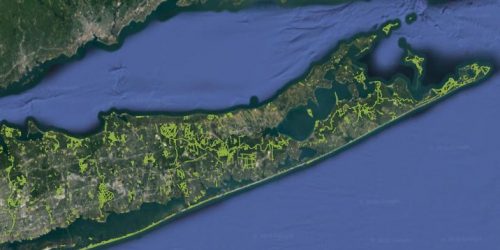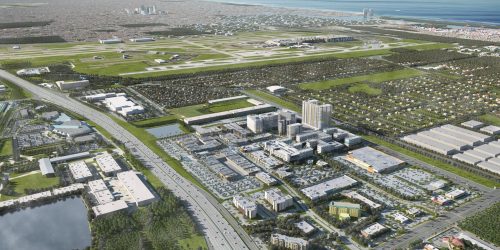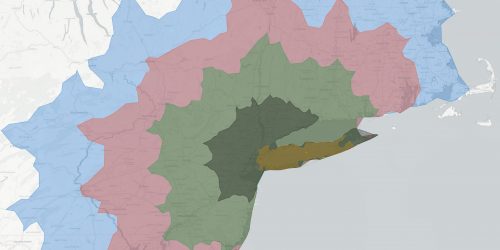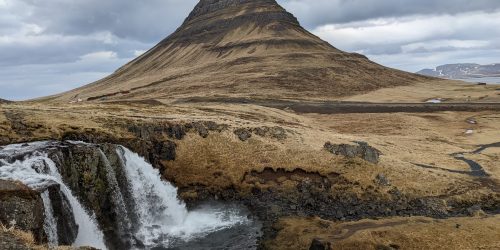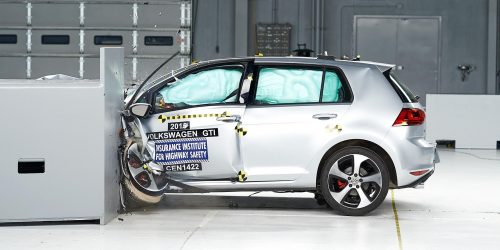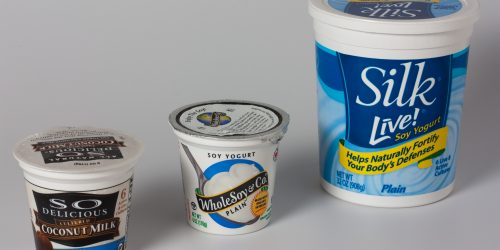Ventotene: A Look Into Past, Present and Future Sustainability
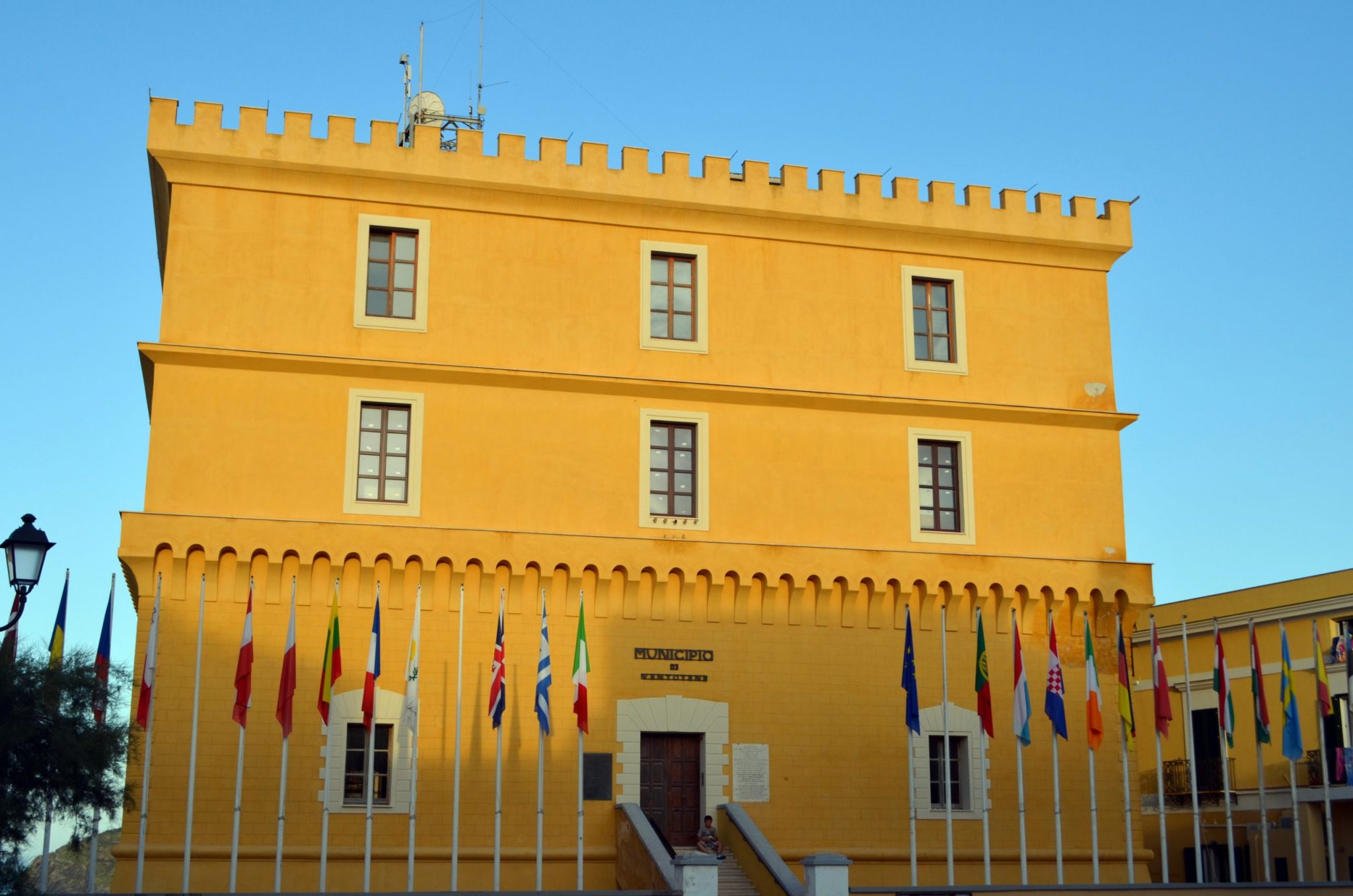
The small Italian island of Ventotene, located midway between Rome and Naples off the coast of Formia, was first inhabited nearly 2000 years ago under the Roman Emperor, Augustus. Sadly, he would primarily use the island to exile his enemies, including his youngest daughter Gulia. Without motorized modern ferry transportation, the island was often completely cut off from the rest of Italy. Because of this autonomy, the island is a wonderful example of ancient Roman sustainable practices.
Roman engineers were far ahead of their time in terms of sustainability. As described by the Comune Di Ventotene, “Al tempo dei romani l’approvvigionamento idrico veniva costantemente garantito dalla presenza, nelle zone abitate, di serbatoi in cui veniva convogliata, mediante vasche di raccolta e canali di immissione, l’acqua piovana.” [English: In Roman times, the water supply was constantly assured by the presence of tanks that collected rainwater through a series of tunnels/canals with various entrance points.] (Comune Di Ventotene). Because there was no natural source of freshwater on the island, the Romans built a series of underground cisterns (See Figure 1) that utilized the island’s downward sloping gradient to collect rainwater runoff. Similarly to the Romans, “In the Puuc – a seasonally dry region with no permanent natural water sources – two hydro-technological inventions designed to capture and store rainwater dominated water management: (1) large, open still-water reservoirs managed by neighborhood and city leadership and (2) small underground water cisterns” (Barthel 2013). Halfway around the world, the Romans built a system similar to that of the Mayans with no known contact. With enough freshwater, the Romans were able to turn their focus to building resilience, first by using their cistern system to supplement their food supply.
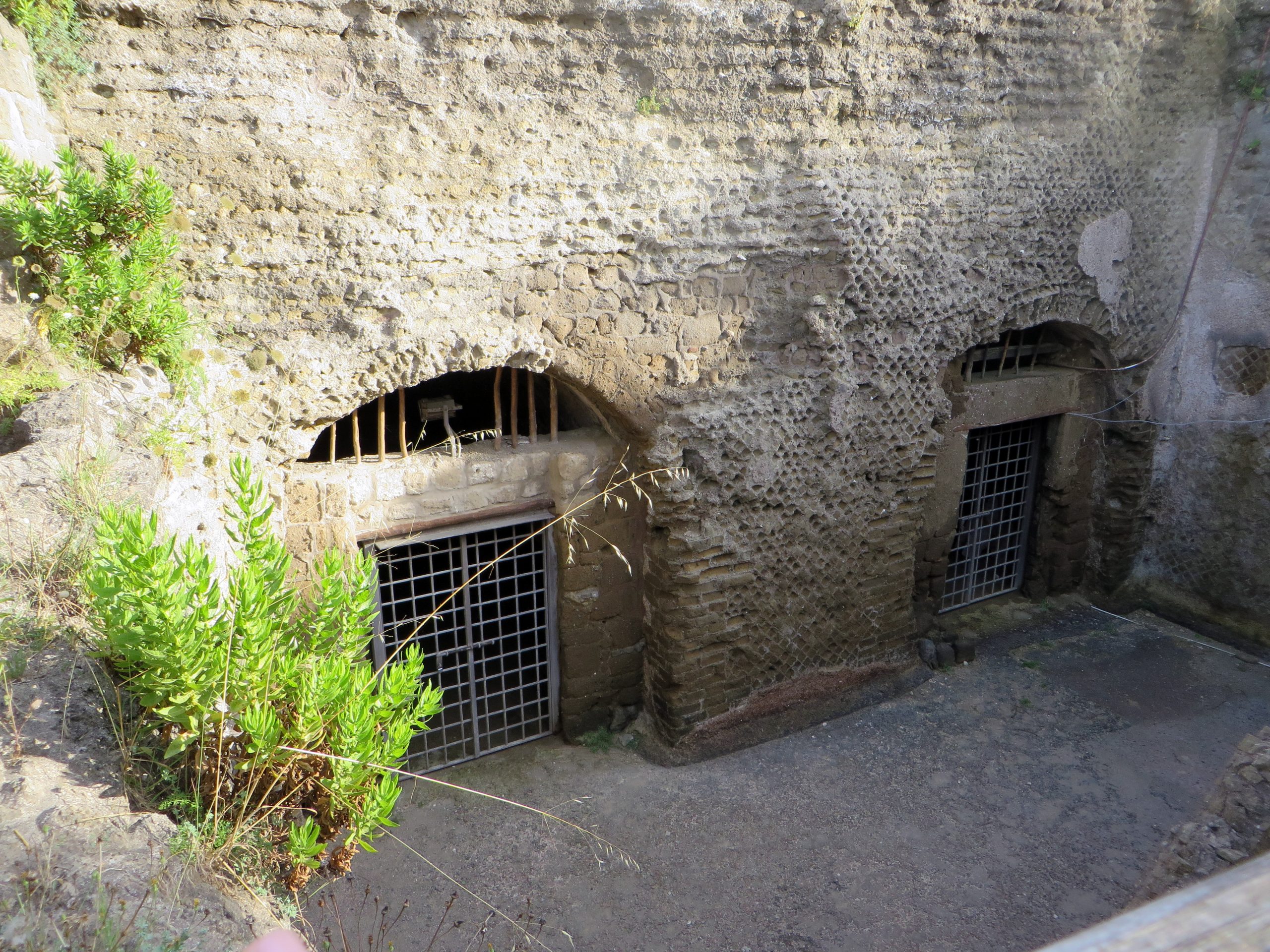
Figure 1: The entrance to the still-standing (now dried up) Roman cistern tunnels of Ventotene.
Not only did they collect enough rainwater to sustain their settlement, the Romans also used their system of cisterns to create a pseudo estuary for their fish farm so the captured fish could naturally reproduce. “I romani avevano osservato che il mare alla foce dei fiumi era più ricco di pesci e quindi avevano cercato di ricreare lo stesso habitat” [English: The Romans had observed that the sea at the mouth of the river was full of fish and so they tried to recreate the same habitat] (Fonti 2004). This allowed the Romans to enjoy a primary, reliable source of food, independent from the mainland. Finally, to build a greater degree of food security, the Romans cultivated the rest of the island for legumes, lentils and a variety of fruits and vegetables which are still cultivated on the island today. That said, the island has not always been successful at sustaining civilization. The fall of Rome left the island practically abandoned until the rise of the Bourbons of Naples who colonized the island primarily to imprison traitors 17th-18th centuries. Eventually, though, this new wave of settlement was able to sustain itself through to the present, largely due to the increase in global tourism.
Today, the island remains largely self-sustaining, with a few important exceptions. First, and possibly most importantly, modern engineers do not know how to get the Roman cisterns back up and running. Instead, the island has to import water from the mainland via tanker (See Figure 2). Not only is the present water system unsustainable due to the emissions generated from such an inefficient system of delivery, the water quality is hardly comparable to locally sourced natural rainwater. I have personally tested the water quality of the tap water on the island as compared to collected rainwater by using a TDS, or total dissolved solids, meter. Although the tap water showed an average of 300 PPM, marginally acceptable tap water, as per EPA standards, the rainwater showed about 60 PPM, the equivalent to carbon filtering and mountain springs (HM Digital). On top of the water quality being so poor, the delivery of freshwater is completely dependent on the weather. During my stays on the island, there would be entire days during the peak tourism months where the tanker is unable to navigate the waters. On one instance, the water level had gotten so low that the town had to issue a notice pleading for water conservation.
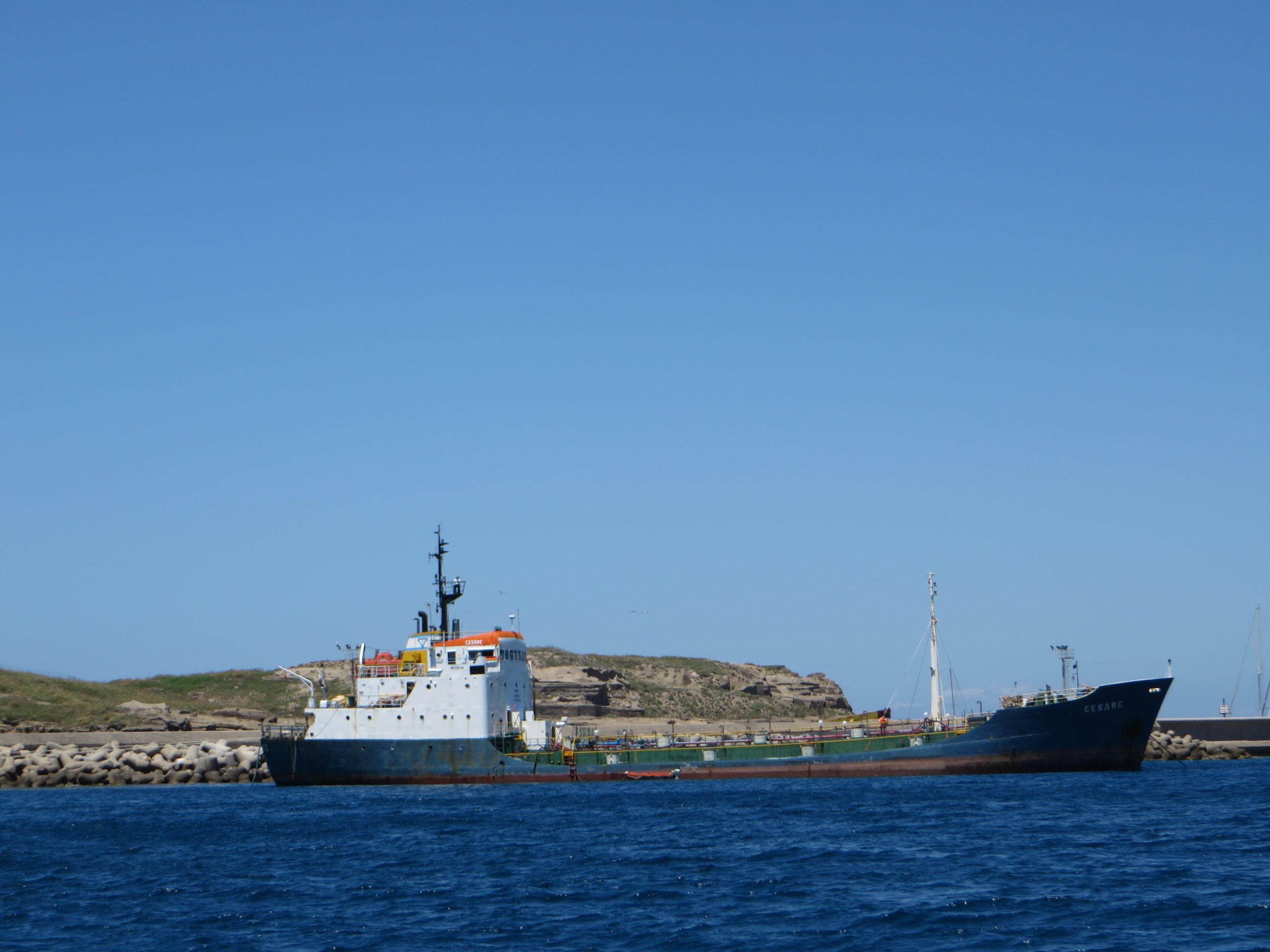
Figure 2: Ventotene’s freshwater tanker.
Another system that relies on a tanker delivery is the island’s power generators. Presently, the island has 4 diesel generators powered by Enel, a large European electricity provider. To reduce dependence on petroleum deliveries, the company is currently installing PV cells around the island. However, their main purpose is to supplement the diesel generators, not replace them, as well as to jump start the generators during blackouts (Fastelli, 2012).
As for the food security of the island, modern high speed ferries have allowed for the island to both import a large amount of food goods, as well as export some locally grown specialty foods. “While such high global connectivity between cities and remote food supplies can decrease cities’ vulnerability to food shortages and build resilience during medium-severe crises, sudden severances of supply lines – that for instance peak oil scenarios threatens to levy – pose major threats to urban food security.” (Barthel 2013). While the island is enjoying the food security provided by a connected globe, just as Barthel argues, the island is still vulnerable to severe storm weather, windy days and rough seas, which can still sever connections to the mainland, and the rest of the globe.
Ventotene, as its name suggests (vento=wind), is constantly bombarded by the wind. Because of this, the island is highly vulnerable to erosion (See Figure 3). Further, the island is constantly bombarded by waves, slowly weakening its structural integrity. There have been unfortunate instances where falling rocks have crushed visitors, leading to a rigorous public works project to halt, or to attempt to slow, erosion island wide.

Figure 3: The areas of the island that are venerable to eroding because of high winds, waves and weak material. The island is made of a somewhat unique material: tufa, which is a type of volcanic ash (Fonti 2004).
Farming is a fundamental part of the island’s success; without it, the island would have likely starved under times of severance from the mainland. “Ventotene ha infatti una lunga tradizione di sussistenza e di autonomia alimentare: fin dall’epoca romana e poi con la colonizzazione borbonica, l’agricoltura ha sempre rappresentato un’attività fondamentale per gli isolani, capace di provvedere al sostentamento di una comunità ben più numerosa di quella attuale” [English: Ventotene has a long tradition of subsistence and food autonomy: since Roman times and then with the colonization of Bourbon, agriculture has always been a fundamental activity for the islanders, who are able to provide for the maintenance of a community far greater than residents.] (Amo Ventotene). Thus, it is of great concern that the island is currently losing a great deal of farmland to “urban” sprawl (See Figure 4). Luckily, the island still has a considerable amount of arable land that is not currently farmland, but will hopefully become so. Another part of the island’s food systems success is the reliance on ecological farming practices. The island, short of the growing of lentils, does not grow monocultures. Instead, island farmers grow a pleasant mixture of fruit trees, grapes, tomatoes, zucchini, cucumbers, string beans and other vegetables.

Figure 4: Small scale urban sprawl experienced by the island of Ventotene because of its recent tourism boom. Notice the loss of farmland associated with the town’s expansion. (Fonti 2004).
Finally, it is worth noting that the island’s architecture, designed long before the invention of cars, promotes walking. While there are a few roads wide enough for small cars, most of the island is pedestrian friendly. This is one of Ventotene’s central characteristics: visitors can walk from their hotel/villa to the store to the beach to the piazza and so on. However, because there are a few hotels far from the town center, as well as the need for shipments to the island, it is unlikely that the island will ever be completely car free.
Even though the need for cars seems to be a permanent fixture, the island has progressively self-imposed a zero emissions goal for itself. By working with the regional auto manufacturer, Piaggio, the municipality has already replaced its sanitation fleet, and all other municipal vehicles with electric vehicles (See Figure 5). The island is also testing an experimental fleet management system to optimize charging times for the vehicles based on location (Fabbri). In addition, a large PV (photovoltaic) charging station was built to charge the vehicles using the sun. This system is free for any resident to charge their own vehicles and some residents have already purchased their own electric vehicles to do just that. With persistently high petroleum prices in Europe, the Comune Di Ventotene should work to replace any and all petroleum machinery with electric substitutes. For example, they should invest in electric boats to replace their fleet of Guardia Costiera boats, as well as to incentivize fisherman and other residents to follow in their footsteps.

Figure 5: The two of the island’s current electric vehicle fleet. (Scelte Sostenibili).
While the municipality should be praised for its sustainable progress, without replacing their four diesel generators with wind or PV systems, the island will never be able to reach its goal. With such sustained wind and constant sunlight, the island would be making not only a green choice, but an economic one. With ecotourism on the rise, the island should make changing their power source its number one priority.
Finally, the island’s inefficient fresh water supply system must be replaced with localized roof based rainwater collection, a revival of the Roman runoff based cisterns, or a desalination plant. It is not only for reasons of sustainability but for the sake of quality, the island should immediately look to invest in such a system.
Whether the Romans, Bourbons, or the Italian government rule over the small island of Ventotene, the island has consistently excelled at sustainable practices. Ventotene may end up becoming a model for sustainable Italian and European cities of antiquity based on its consistently progressive policies, initiatives and lifestyles.
 Figure 6: A panorama of the island of Ventotene (taken by yours truly) from the nearby island of Santo Stefano. Click if you want to see a larger version! Thanks for reading!
Figure 6: A panorama of the island of Ventotene (taken by yours truly) from the nearby island of Santo Stefano. Click if you want to see a larger version! Thanks for reading!
Bibliography:
- Barthel, Stephan. Urban Gardens, Agriculture, And Water Management: Sources Of Resilience For Long-Term Food Security In Cities. (2013). Ecological Economics.
- Fabbri, Gianluca. Sustainable Mobility Models For The Island Of Ventotene. (2010). POMOS – Pole for Sustainable Mobility.
- Fastelli, I. (2012). Energy Storage On Islands: A Sustainable Energy Future For Islands. Eurelectric Brussels.
- Fonti, Luciano.I Piani Di Assetto Delle Aree Marine Protette. Il Caso Delle Isole Di Ventotene E S. Stefano. (2004). XXV Conferenza Italiana Di Scienze Regionali.
- I Tre Cardini Del Progetto Per Un’isola Sostenibile. Scelte Sostenibili.
- Le Cisterne e L’Acquedotto. Comune Di Ventotene.
- Ventotene, Isola Di Contadini Slow In Rete Con Il Mediterraneo. (2013). Amo Ventotene.
- What Is TDS? Hm Digital.

